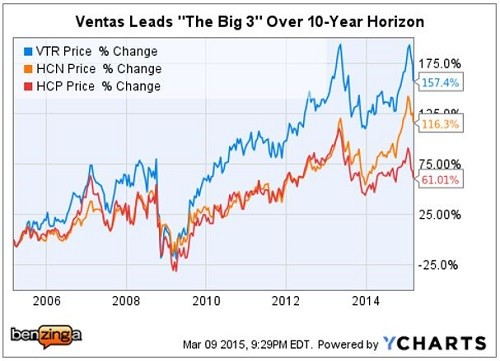5 Keys to Successful Dividend Investing
Post on: 6 Май, 2015 No Comment

In 2008 and 2009, the dividend landscape was turned upside-down. During the fourth quarter of 2008 alone, 288 companies cut payouts. Not to be outdone, according to Standard & Poor’s, another 804 dividend payments were cut by public companies in 2009 — costing investors another $58 billion.
Nevertheless, amid all the dividend cuts and suspensions of the past two years, we were reminded of five key lessons that we can use to our advantage going forward.
Lesson 1: Stock dividends are a privilege, not a right
The first and most obvious lesson — that dividends are not guaranteed — was also a truism most people ignored in the years leading up to the dividend crisis. But unlike interest from bonds and CDs, a company’s board of directors must choose whether or not to pay out cash dividends to shareholders.
There are obvious incentives for a board to maintain or increase regular dividend payouts — it helps attract income-minded investors and is a sign of financial strength — but in times of severe uncertainty, particularly in a credit-driven panic like we had, cutting the dividend to raise or preserve cash becomes a more attractive option for companies. This is exactly what Pfizer ( NYSE: PFE ) did last January, when it cut its dividend in half to fund its acquisition of Wyeth.
When one company cuts its dividend, it usually signals an inability to manage its finances. That cut becomes a scarlet letter for the firm. As we saw over the past two years, however, if many companies are in the same boat, the stigma of a cut is lessened, making it a more attractive option for cash-strapped boards.
Lesson 2: Beware of chasing high yields
Over the past decade, with interest rates and market yields relatively low, income-thirsty investors were forced to go further up the risk ladder to find agreeable yields — and many have paid the price.
During the last bull market, for example, people piled into real-estate investment trusts (REITs), which were paying out handsomely on the back of the real estate boom. When properties stopped generating as much money, through broken contracts, unleased space, or lessees behind on their rent, the dividends took the hit. A number of REITs, like apartment-owner Equity Residential and shopping mall operator Simon Property Group. had to cut their payouts last year.
A good rule of thumb is to be skeptical of any dividend yield more than two-and-a-half times the broader market average (currently 2%, so be wary of 5%-plus). Anything over that amount implies that either the market has concerns about the company’s ability to grow, or the stock price has fallen sharply for good reason.

In June 2008, for instance, Bank of America ( NYSE: BAC ) had a yield greater than 10%, at a time when the market average was around 2%-3% — a good indication that the dividend was anything but assured. Sadly, it was not.
Lesson 3: Focus on cash, not earnings
While earnings are an accountant’s opinion, cash is fact. Without enough actual cash to pay the dividend, the company must fund it with either debt or by selling stock — neither of which is sustainable.
To determine whether or not a dividend is sustainable, first look at cash flow from operations going back five years or more. Then subtract capital expenditures from each of those years. Whatever is left over can be considered free cash flow, which the company can use to pay dividends or repurchase shares.
Next, look further down the cash flow statement and see how much the firm paid in cash dividends each year. If that figure is consistently less than free cash flow, it’s a good sign that the firm has enough cash to maintain its current dividend. Three names that fit this bill today are:














